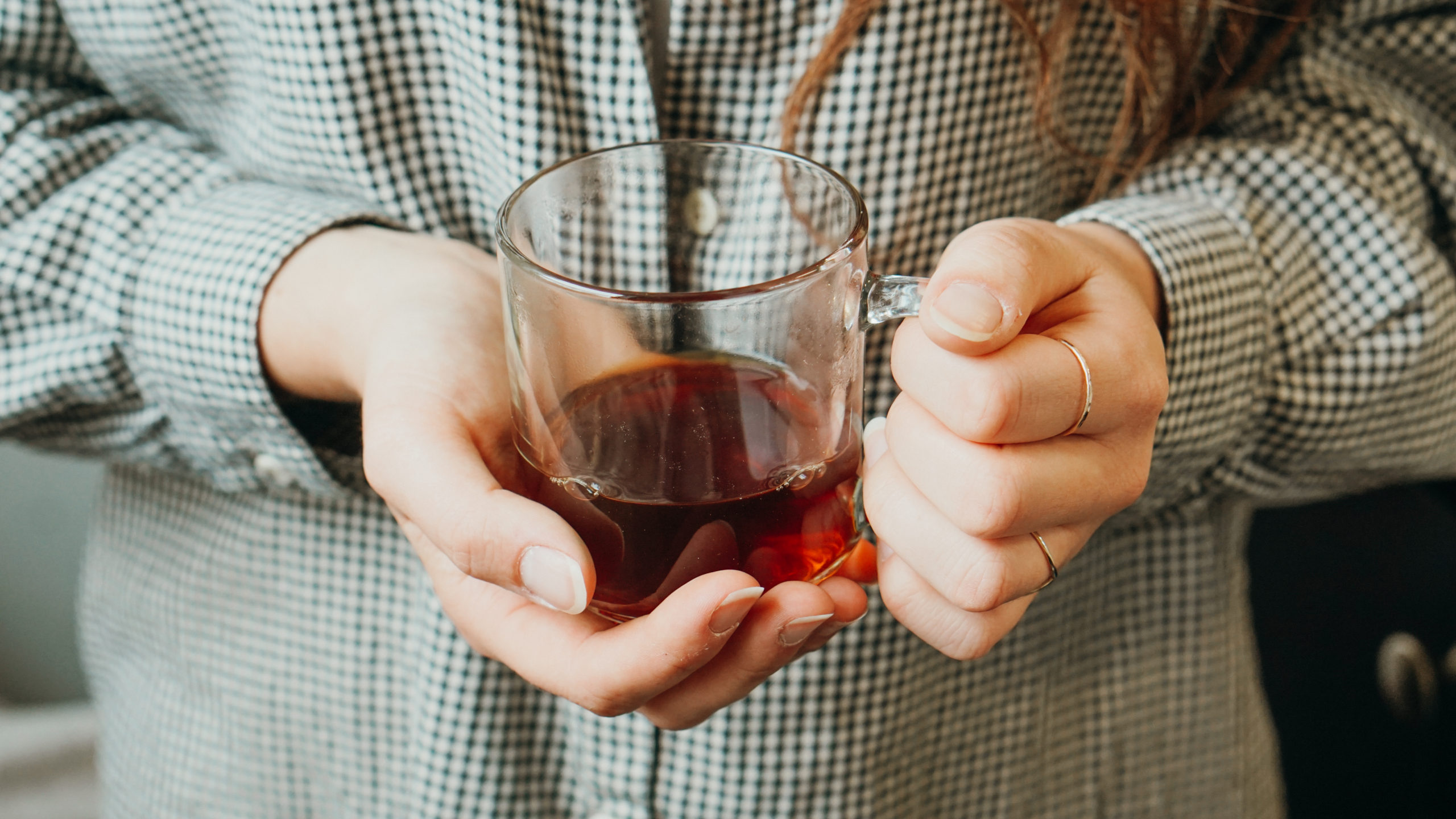
Organic Coffee Beans – Why You Should Care
Coffee is a beverage enjoyed by more than half the population, and there have been various opinions about whether or not it is healthy or harmful. The truth is the type of coffee you drink determines its value to your health.
Health Benefits of Organic Coffee Beans

Research reveals that organic coffee beans provide important antioxidants that reduce the risk of diabetes and cancer. Recent studies have also found that caffeine helps preserve both short and long term memory by increasing the size of the hippocampus. This not only helps you remember details of your recent past, but it can reduce the chance of developing Alzheimer’s disease. In addition to preventing Alzheimer’s disease, coffee can also help prevent Parkinson’s disease. Research shows by just drinking two to three cups of coffee each day coffee can help prevent Parkinson’s disease.
Coffee also helps with pain relief. If you have a headache or some other discomfort drinking a cup of coffee can help with pain relief. Why? Caffeine is actually a natural pain reliever. In fact many pain medications contain caffeine.
All of this information sounds as if drinking a cup or two of coffee each day is a good thing. And, it is, if you’re drinking natural organic coffee.
Is Coffee Bad?
As with so many agricultural products, the cultivation and production of conventional coffee adds a variety of dangerous chemicals. As an example let’s look at flavored coffee — hazelnut, vanilla, raspberry, etc. The process used to infuse the coffee with these flavors involves the use of Propylene Glycol, a harmful ingredient used in antifreeze. In fact, during production, the factory workers have to use hazmat suits!
One of the reasons why conventional coffee is flavored is because it’s stale. Grocery store coffee is typically at least three to twelve months old before you even buy it. Stale coffee — just like stale bread — just doesn’t taste very good. One way to make the coffee taste better is to add flavoring to it, covering up the stale coffee taste.
Why Organic Coffee?
The best way to avoid the unhealthful pitfalls of drinking commercially grown and sold coffee is to purchase only USDA Certified Organic Coffee beans that have been roasted no more than eight weeks previously. Truly fresh coffee tastes great naturally and does not contain any of the harmful pesticides and chemicals found in coffee grown on commercial plantations. Organic, shade-grown coffee grows at a slower rate so is naturally lower in acid and caffeine. The slower growth rate of shade-grown coffee allows the beans to develop a naturally superior flavor to coffee beans grown in the sun. Organic coffee just tastes better!
By Dan Ericson
Why Wait? Grab a pound of organic, healthy coffee for yourself by clicking the button below and put it to the test!

Good morning! I just received my 4 lbs Mexican and Varietal Supremo. I tried the Mexican first and it was off the charts! Some of my coworkers were asking “Has or does Camano Island do Mold testing?” I searched your site and couldn’t find any info on Mold or Mold testing?
Hi Dan,
We’re delighted to hear you’re enjoying our coffee. We love roasting it for you!
We have had our coffee tested in the past for mold. No mold was present. Due to the costs of testing this is not something we actively do with each roast. I have seen some coffee brands claim to do this with each batch. Due to the economic contraints of doing this I find it hard to believe they are consistently doing this with every batch. Additionally, with the amount of time it would take to test the coffee and get a result their batch would have already aged before they sell it to you. Instead of making unsubstantiated claims I think it’s better to give you the behind the scenes breakdown of how mold in coffee happens and what practical steps we take to ensure this is never an issue with Camano Island Coffee.
Mold in coffee happens in three ways. First, it can happen at the farm level before it is roasted. This is due to coffee cherries falling on the ground and the coffee cherry molding around the bean. This is something that happens more frequently with lower grade coffees. This is very uncommon with specialty grade. This is not something that happens with our beans as we are selecting specialty grade, organic, and shade-grown. These are beans that are hand sorted multiple times to remove imperfect beans. Our beans can contain no primary defects such as mold, or discoloration, or pest damage.These command a much higher price due to the intense manual labor required for hand sorting. Also with organic and shade-grown cultivation oftentimes the yield is lower driving the costs up. Our coffee costs more for many reasons, one is the cost of these precious beans.
The second way that mold happens is after the coffee is roasted. Most coffee consumed in the US is sold at grocery stores. These coffees have an industry standard best-by-date 1 year out from roasting. As the beans sit they can degrade with time and mold can develop. This is not a factor for us, because we bypass retailers and roast and ship within 48 hours direct to your door. We roast in small batches of 50lbs or less which allows us to control our temperature more closely. This helps us round out better flavor, but it also ensures that our roasted coffee bean inventory never sits around. If we stop roasting we will completely run out of roasted coffee in about 3 days. By roasting coffee this way we can ensure optimum freshness and the amazing flavor you’ve come to love. As long as the coffee doesn’t sit for too long in your kitchen, mold should never be a problem.
The last way mold can develop in coffee is by not cleaning out your grinder and coffee brewer. Some modern brewers or grinders are designed to not be taken apart. This makes them difficult to clean. One of our favorite ways to brew coffee is with a glass chemex. It is a very simple glass vessel with a paper filter that is simple enough to clean with no fiddly plastic pieces that can hide old rancid coffee grounds.
Anyway, I hope this long-winded answer gives you some insights into mold in coffee and how to avoid it. If you have any other questions, feel free to drop us a line!
TJ